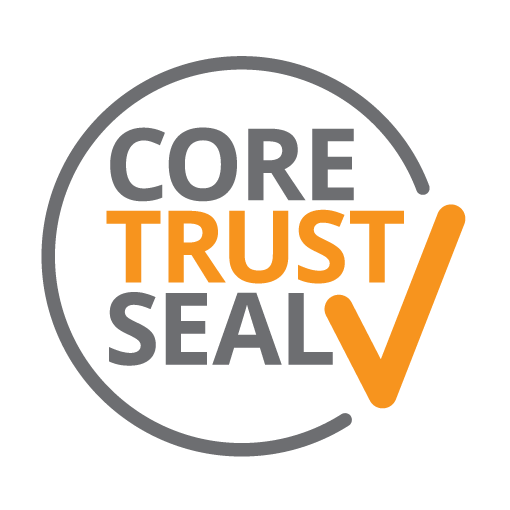Development of the model of infectious waste management in community in health region 4
| dc.contributor.advisor | Wisakha Phoochinda | th |
| dc.contributor.author | Prachuab Seangdao | th |
| dc.date.accessioned | 2022-06-01T08:42:19Z | |
| dc.date.available | 2022-06-01T08:42:19Z | |
| dc.date.issued | 2021 | th |
| dc.date.issuedBE | 2564 | th |
| dc.description | Thesis (Ph.D. (Environmental Management))--National Institute of Development Administration, 2021 | th |
| dc.description.abstract | The research on the development of the model of infectious waste management in community in health region 4 consisted of mixed methods research, with quantitative research as main method and qualitative research as minor method. The objectives included analysis of the situations, potentials, and limitations of the infectious waste management, analysis of the factors impacting the success of infectious waste management in community in best practice areas using CIPP-I model and then to develop the model of infectious waste management (IFWM) in Health Region 4. The procedure was divided into 5 stages: 1) Study laws and regulatory measures on IFWM 2) Explore potentials of IFWM by using questionnaires in which the sample included 260 directors of subdistrict health promoting hospitals, using quota and simple random samplings 3) Study success factors of IFWM in 4 best practice areas in 4 provinces by interviewing 20 relevant people in provincial and district public health offices, hospital, municipality, and subdistrict health promoting hospital, using purposive sampling 4) Establish a community IFWM model and 5) Confirm IFWM in community model using questionnaires and focus group with 100 people in the afore-mentioned public health offices, municipality, and hospitals, using purposive sampling. The data was analyzed using descriptive statistics and the qualitative information was analyzed using content analysis with presentation of descriptive data; preliminary investigation; statistical calculations of the data through basic computer programs; and analysis of percentage, mean, and standard deviation to learn of the characteristics of the sample and conditions of the variables. The results showed that the highest potential of IFWM was infectious waste separation (x̄=0.73 SD=0.451) and 5 aspects of IFWM in community: 1) Context: Policies/plans of IFWM in community; Regulations/municipal laws/MOA on IFWM in community; Acts/Ministerial Regulations/standards on IFWM in community 2) Input: Clear assignment of personnel in IFWM in community; Budget, personnel, materials, and methods of IFWM in community 3) Process: Knowledge to patients generating infectious waste in community; Channels to report and make inquiry of the guideline of IFWM in community; Information of patients generating the waste 4) Product: Evaluate IFWM in community; Standard storage area of IFWM in community; Record the amount of IFWM in community and 5) Impact: Evaluate impact on health and environment from IFWM. The results of the evaluation of IFWM in community were satisfactory (x̄=4.18, SD=0.629) and appropriate of IFWM in community (x̄=3.86, SD=0.829) at a high level. On the recommended model of IFWM in community, local administrative organizations should issue regulations or municipal laws on IFWM in community and formulate policies/plans on IFWM in community in conjunction with local public health agencies through joint meetings to plan IFWM from patients’ home, enforcement of laws, notifications, regulations, or standards on IFWM, support of personnel, materials, budget, and trainings for patients generating IFW in community, through channels for reporting, enquiring about the guideline of IFWM in community, preparing the database of patients and recording the amount of generated infectious waste, standard storage area of infectious waste in community, monitoring and assessment of IFWM in community in parallel with assessment of impact on health and environment from IFWM, resulting in properly managed infectious waste with safety for health and environment. | th |
| dc.format.extent | 252 leaves | th |
| dc.format.mimetype | application/pdf | th |
| dc.identifier.doi | 10.14457/NIDA.the.2021.149 | |
| dc.identifier.other | b213163 | th |
| dc.identifier.uri | https://repository.nida.ac.th/handle/662723737/5855 | th |
| dc.language.iso | eng | th |
| dc.publisher | National Institute of Development Administration | th |
| dc.rights | This work is licensed under a Creative Commons Attribution-NonCommercial-NoDerivatives 4.0 International License. | th |
| dc.subject | Model development | th |
| dc.subject | Health region 4 | th |
| dc.subject | e-Thesis | th |
| dc.subject.other | Waste Management | th |
| dc.subject.other | Infectious wastes -- Management | th |
| dc.subject.other | Refuse and refuse disposal | th |
| dc.title | Development of the model of infectious waste management in community in health region 4 | th |
| dc.type | text--thesis--doctoral thesis | en |
| mods.genre | Dissertation | th |
| mods.physicalLocation | National Institute of Development Administration. Library and Information Center | th |
| thesis.degree.department | The Graduate School of Environmental Development Administration | th |
| thesis.degree.discipline | Environmental Management | th |
| thesis.degree.grantor | National Institute of Development Administration | th |
| thesis.degree.level | Doctoral | th |
| thesis.degree.name | Doctor of Philosophy | th |

